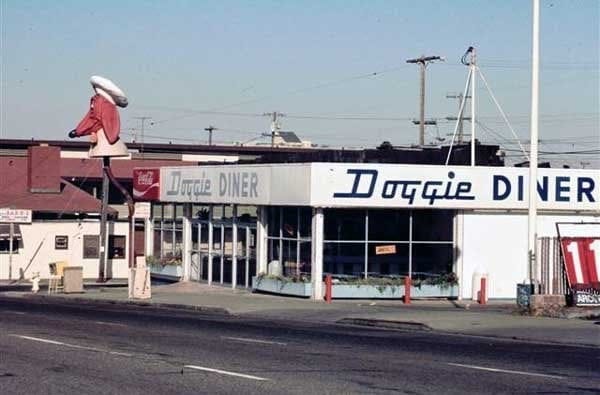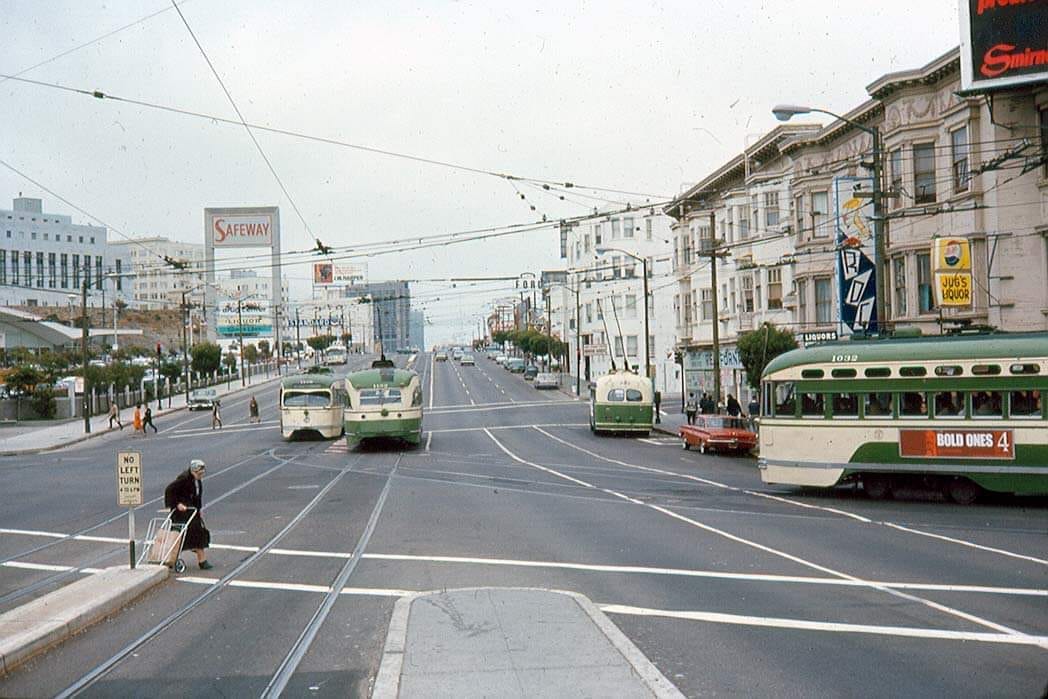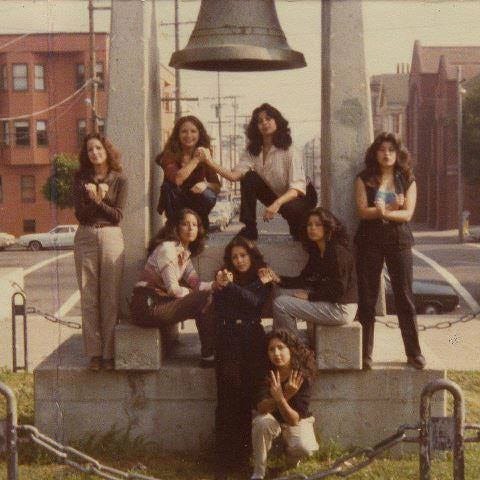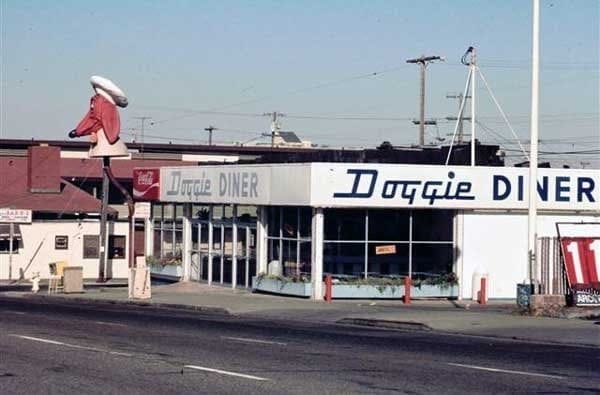
“I’m Doggie Diner old.”
That caption accompanied a photo showing a profile view of the enormous, long-faced dachshund figurine — the face of the iconic San Francisco diner — that gained more than 600 likes and 100 comments from others remembering its greatness.

“My dad loved Doggie Diner. It was the only place that had the chili without beans.”
“I loved going there before going to the Zoo. Great memories.”
“The only way I could convince my parents into taking me to The Doggie Diner was for my birthday. I could have lived there.”
Although it’s been gone for over 34 years, the eatery was resurrected in a way you might not expect — in a Facebook group. A lot of things have been.
Every day, current and former San Franciscans share memories and old photos in the Facebook group San Francisco Remembered, created in 2014. It’s become a rich database of public history, a virtual treasure trove of heartfelt personal memories of the city.
“I’ve called our group the kitchen junk drawer of history,” says Megan Smith, a moderator for the group from the very start. “Where you put that old Muni pass or find that menu from a long-gone favorite Chinese restaurant.”
In San Francisco Remembered, photographs of grandmothers are fawned over and cherished by people who have never met. Mouthwatering dishes from long-shuttered restaurants are resurrected with the power of a simple story. People from the Bay Area and beyond, who have called San Francisco home for their whole lives, a few months, or who only call it home in their hearts, have carved out this space to revisit the many lives the city has lived.
Sitting at over 88,000 members, one way to think about the population of San Francisco Remembered is that it’s about one-tenth of the size of the actual city’s estimated population. With a highly engaged community of members and a dedicated team of moderators, what began almost by accident has quickly grown into a unique online community.
The group formed from another Facebook group, San Francisco History, started by longtime Bay Area resident Nick Wright — a photography aficionado and history buff who wanted it to be a place to share historical photographic material he spent hours poring over in his free time.
But while that original group was dedicated to capital “H” History, like historical photos of the aftermath of the earthquake, it soon became flooded with personal memories. So San Francisco Remembered was born out of necessity.
The group has a few rules and tips. First, posts must fall in the date range of 1916–2016 — post-earthquake but pre-present day. Second, posts with pictures are preferred. Third, the posts that perform best seem to touch on a collective memory, whether it’s about a popular bar or a generational touchpoint.

San Francisco (proper) isn’t huge, and this is felt in the group. Moderators of San Francisco Remembered and the many groups in the History Alliance (a collective of related Facebook groups created by Wright) have even had Christmas parties and toured the Painted Ladies together. Smith has earned a “really good bunch of real-life friends” from the group.
As one of the earliest moderators, Smith was witness to the group’s rapid growth. She sees it as a mishmash of many eras of San Franciscans — those who grew up in the city in the ’40s and ’50s, many who answered the call of the summer of love, as well as those who flocked to the city as an LGBTQ sanctuary in the ’60s, ’70s, and beyond.
“There is sometimes this tension with 88,000 people between the people that left and the people here now,” says Smith.
After years of tending to the group’s weeds and the city’s soft spot — who is allowed to think of themselves as San Franciscan and who isn’t — Smith sees it like this: “You can come home again, but there are new neighbors you have to adjust to.”
The greatest value to be found in the group, personal or historical, is in the photographs. Many tell stories without a single word, but words help, and the stories are not confined to the captions. Many find their climax in the comments section.
Smith recalls a few of the stories that have stuck with her. One is a simple photo of an orphan asylum, large and beautiful and looming. The caption was simple: “Where I grew up; Mount St. Joseph’s Roman Catholic orphan asylum. 1700 Newhall St., Hunter’s Point and Bayview. #eek.” The comments poured in.
“Thanks for posting, Kimi,” wrote one commenter. “That place probably saved my life — sooo much better than living with my alcoholic, abusive, etc… mother… It was a beautiful building, sad they tore it down.”

“Right with ya sister ❤,” replied Kimi.
Another picture Smith highlights had less solidarity in the comments section, at first. “Back in the days you didn’t want to mess with these women from the Mission. Mission High Students posing at Dolores Park Bell AKA Mission Park,” read the caption. The comments section exploded.

While many jumped to gang-related conclusions, others were defending the group of high school girls just trying to look cool. What nobody expected was for the women in the photo to reclaim their story in the comments section.
“I love when this one pops up from time to time! Since I’m in this shot!! I’m still friends with my girl Betty,” commented one of the girls pictured.
“Some of the girls, who are now women, started chiming in and saying, ‘Hey that’s me!’” says Smith. “And, you know, say, ‘We weren’t like that!’ or ‘We were like that, but not that bad.’ I’m glad in the end it became about these women talking about their lives and themselves. I loved that thread.”
While Smith returns to the metaphor of the group as a collective junk drawer, she means it both affectionately and literally. Some of the best conversations are sparked from photos of old matchboxes or an old flyer. Some of what you may find is junk — but to the right people, it’s a treasure.
Most of all, the stories in the group preserve many versions of the city that no longer exist. In its most recent iteration, San Francisco’s cost of living has pushed out even those who love it fiercely. In San Francisco Remembered, they are able to revisit the city they knew.
“People wish they hadn’t left,” says Smith. “Now they can go back.”







